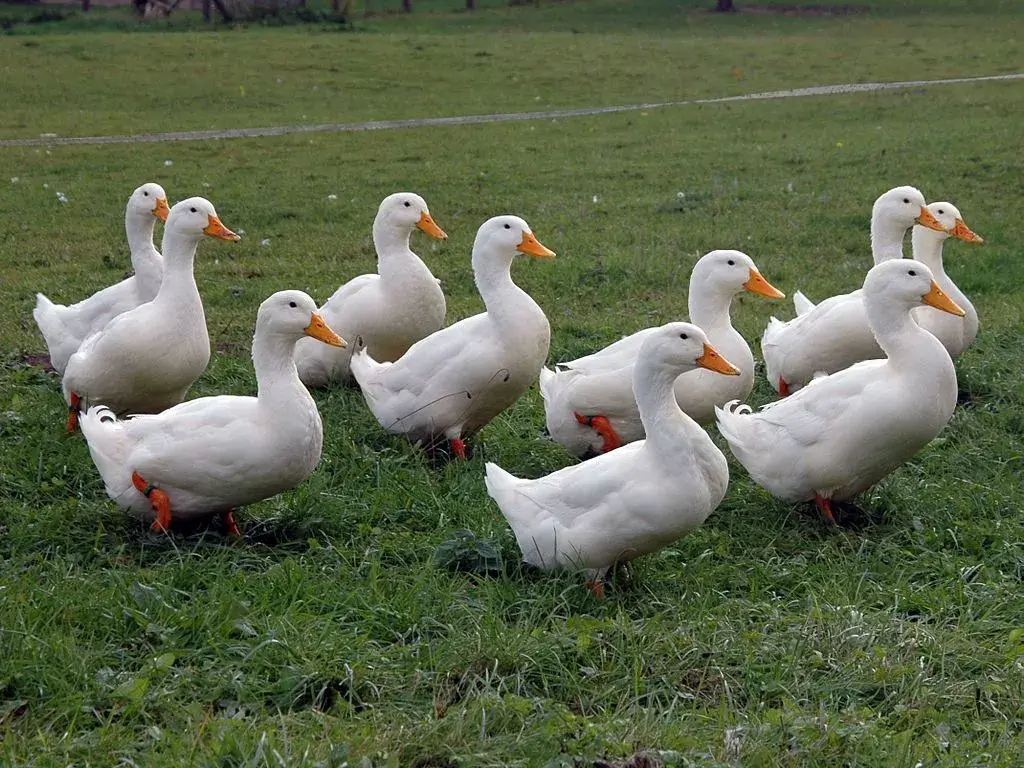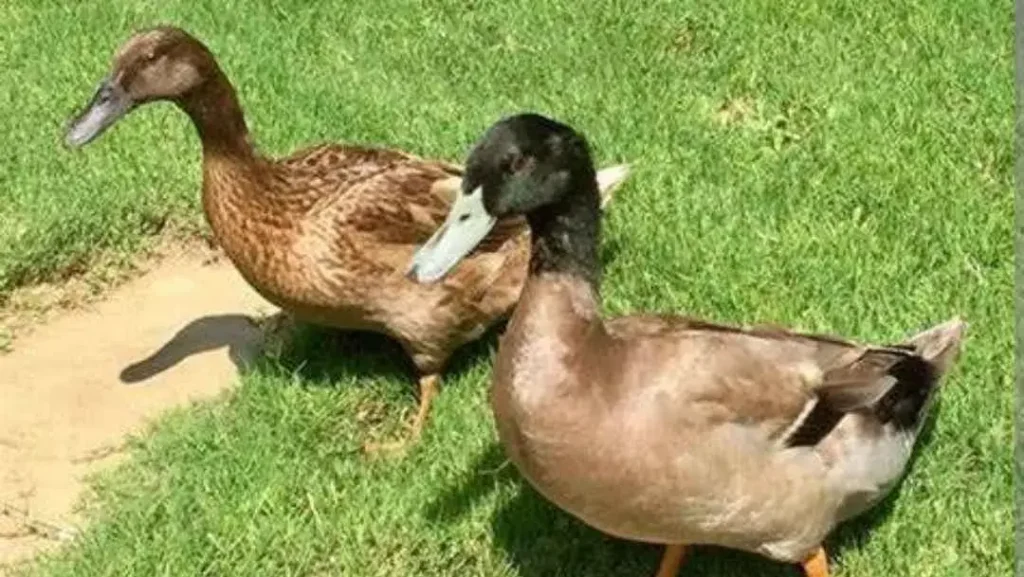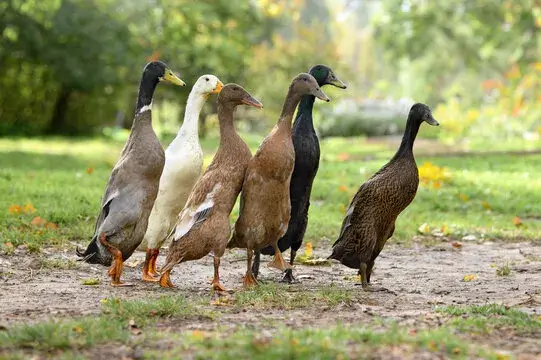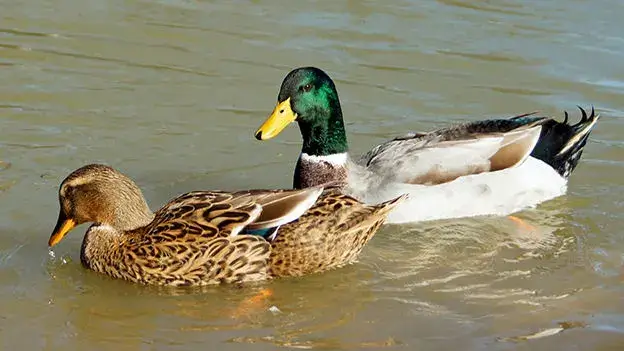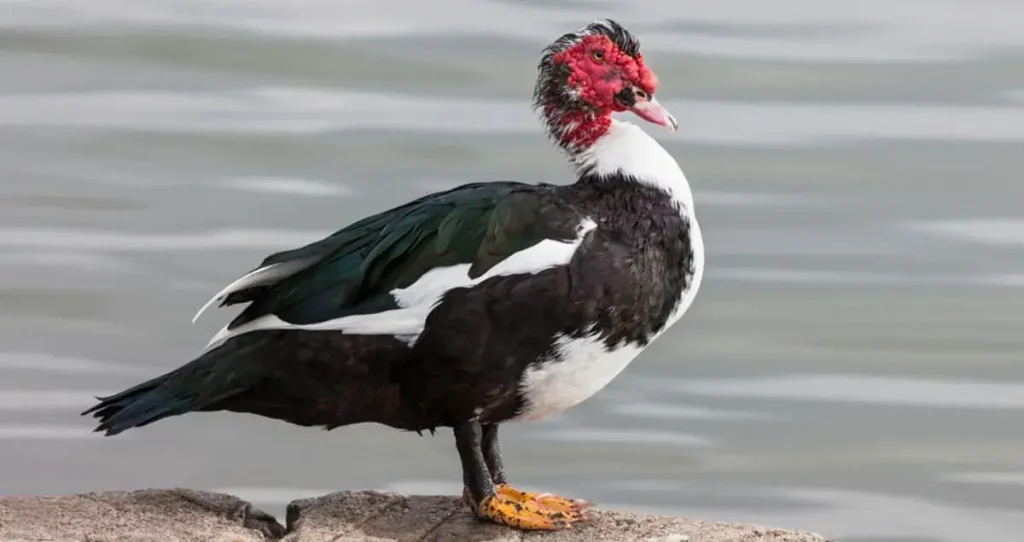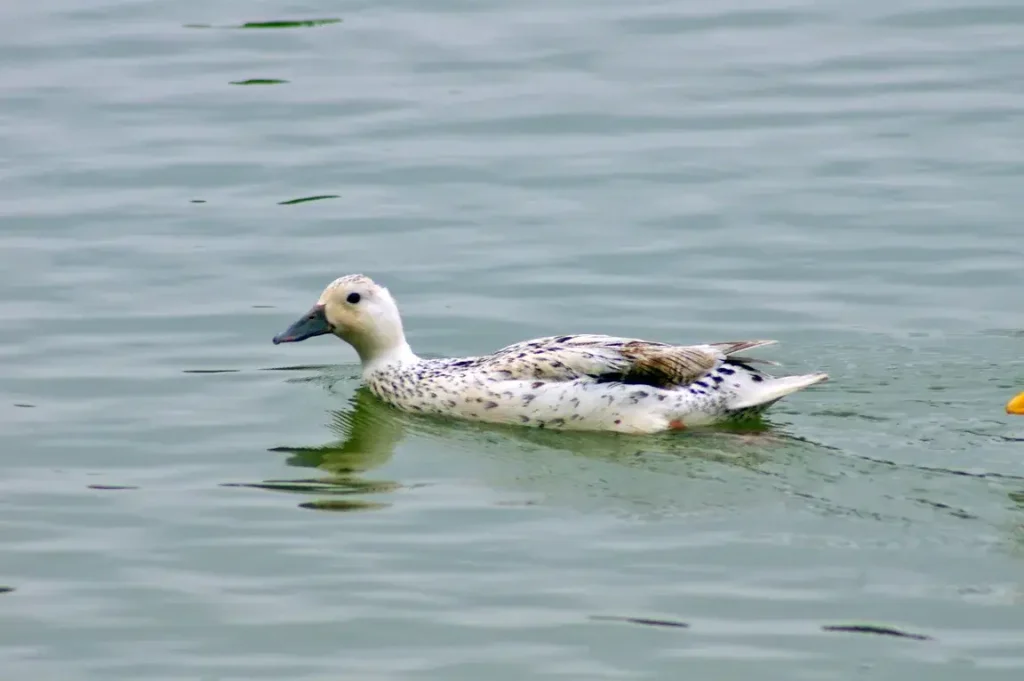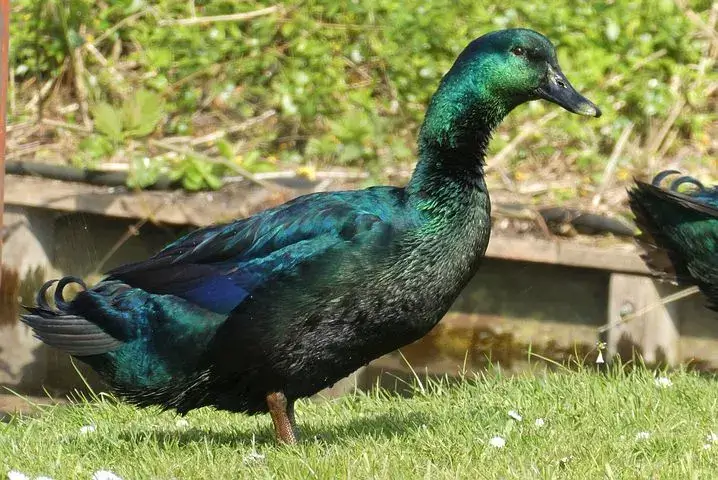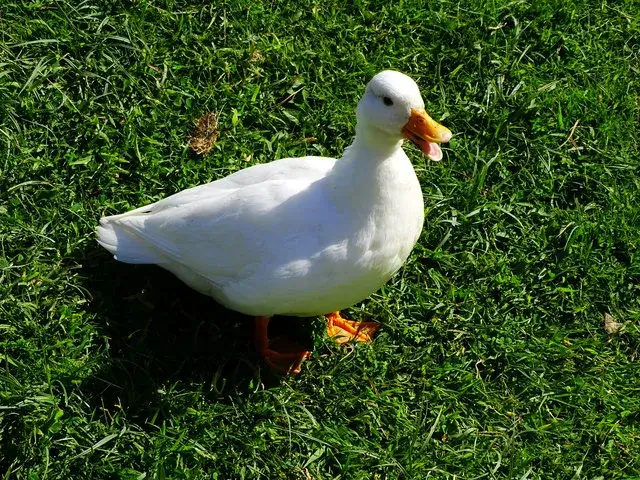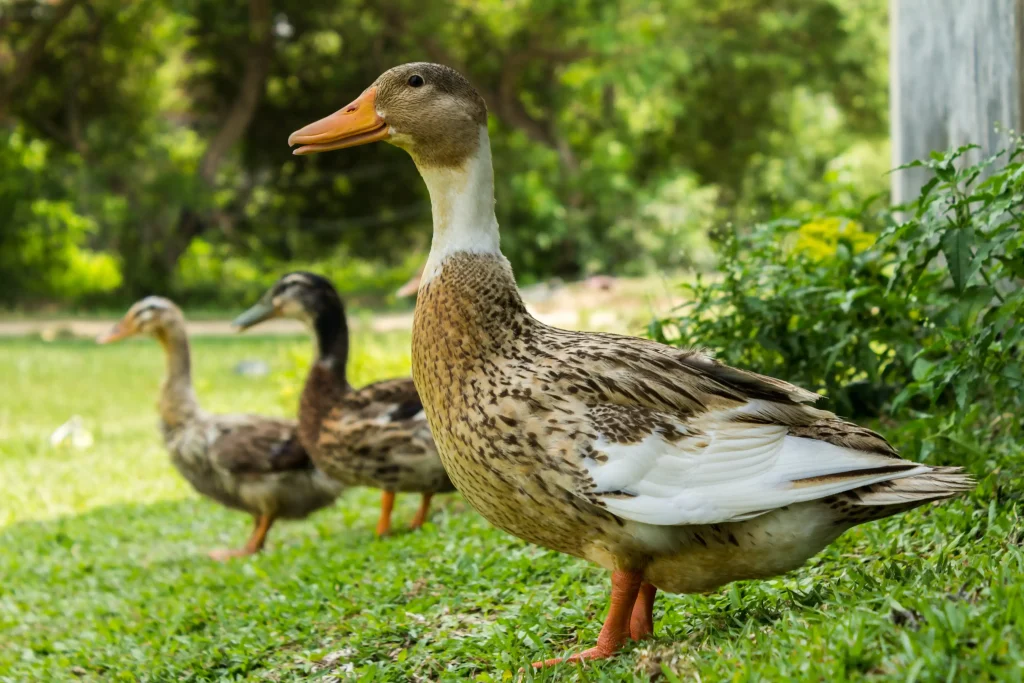🎩 Magpie Duck – A Stylish and Productive Duck Breed for Every Flock
✨ Introduction to the Magpie Duck
Looking for a duck breed that’s not only eye-catching but also incredibly useful? Meet the charming Magpie Duck! 🦆🖤 With its unique markings, gentle temperament, and excellent egg-laying ability, this breed is a favorite among backyard keepers and small-scale farmers alike.
Whether you’re new to ducks or adding to an existing flock, the Magpie offers beauty, practicality, and a peaceful presence.
📜 History and Background
The Magpie Duck originated in the early 1900s in Wales and England. Its creators, Oliver Drake and M.C. Gower-Williams, aimed to develop a productive duck that looked as elegant as it was useful.
- 📍 Origin: United Kingdom (1920s)
- 🎯 Purpose: Primarily for egg production
- 👒 Name inspired by the bird “magpie” due to its black-and-white coloring
Today, the Magpie is recognized for its gentle nature, sharp looks, and strong productivity.
📚 Scientific Classification
- Scientific Name: Anas platyrhynchos domesticus
- Common Name: Magpie Duck
- Breed Type: Light utility breed
- Primary Use: Eggs, ornamental
🎨 Appearance and Distinctive Features
The Magpie Duck’s appearance is as memorable as its name. It has a stylish pattern that resembles the black-and-white plumage of a magpie bird.
- ⚖️ Weight: 4.5–6 pounds (lightweight and manageable)
- 🎩 Head and tail typically black, body mostly white
- 👁️ Sleek build with upright posture
- 🧼 Clean and tidy appearance with soft feather texture
Color variations may include blue and dun, though black and white is the most recognized.
🥚 Egg-Laying Abilities
One of the Magpie Duck’s biggest advantages is its dependable egg production.
- 🥚 Lays around 220–290 eggs per year
- 🔵 Egg color: Typically white or pale blue
- 📆 Steady layers even in less-than-ideal weather
Their eggs are ideal for both household use and small local markets.
💬 Temperament and Behavior
Magpie Ducks are well-suited for flocks of all sizes and owners of all experience levels.
- 😊 Friendly, calm, and gentle
- 🧒 Great for homes with children or educational settings
- 👫 Socialize with other ducks and even chickens
- 📢 Generally quiet, making them suburban-friendly
They’re easy to bond with and enjoy exploring their surroundings.
🌿 Foraging and Free-Ranging
Magpies thrive in free-range environments and love to forage for insects and greens.
- 🐞 Help control garden pests naturally
- 🌾 Reduce feed costs with natural foraging habits
- 🚶 Tend to stay close to home and are easy to herd
With a secure yard or space to roam, they contribute positively to any backyard ecosystem.
🏠 Housing and Daily Care
Magpie Ducks are hardy and adapt well to various climates when provided with proper shelter.
- 🏡 Dry, clean duck house with proper ventilation
- 🛏️ Soft bedding like straw or wood shavings
- 🚰 Fresh water for drinking and cleaning (they love to dabble!)
- 🛡️ Predator-proof fencing for safety, especially at night
They don’t require much to be happy — just consistency and a safe environment.
🍽️ Feeding and Nutrition
Proper nutrition keeps Magpies healthy, active, and productive.
- 🌾 Quality layer pellets or duck feed
- 🥬 Fresh greens and vegetables as treats
- 🐛 Occasional insects or mealworms for extra protein
- 🚰 Ensure constant access to clean water
Avoid feeding moldy or processed food, and always provide grit if they’re not free-ranging.
🧬 Breeding and Raising Ducklings
Magpie Ducks can be bred successfully by those interested in expanding their flock.
- 🪺 Hens may go broody, but not as commonly
- 🐣 Ducklings are strong and easy to raise
- 🧬 Ideal for selective breeding programs due to their unique markings
They are a good choice for anyone looking to hatch ducklings naturally or via incubator.
📊 Comparison with Similar Breeds
| Feature | Magpie Duck | Khaki Campbell | Indian Runner |
|———————|——————|—————-|—————-|
| Egg Production | 220–290/year | 250–300/year | 300–320/year |
| Temperament | Calm, friendly | Energetic | Shy, alert |
| Appearance | Black & white | Brown/tan | Tall, slim |
| Size | Light | Medium | Light |
| Foraging Skills | Excellent | Excellent | Good |
✅ Pros and Considerations
Why Choose Magpie Ducks:
- ✔️ Reliable egg layers
- ✔️ Attractive and unique appearance
- ✔️ Friendly and peaceful nature
- ✔️ Great for small spaces and urban areas
Keep in Mind:
- ⚠️ Not as common as other breeds — may require special sourcing
- ⚠️ Color pattern may vary in ducklings if not selectively bred
👥 Who Will Enjoy Raising Magpie Ducks?
This breed is a wonderful match for:
- 🌱 Backyard poultry enthusiasts
- 🏡 Families or educators looking for a docile breed
- 🐣 Hobby breeders who enjoy distinct markings
- 💚 Anyone seeking a calm, low-maintenance duck
❓ Frequently Asked Questions
Q1: Do Magpie Ducks fly?
A: Not really. They’re considered flightless and are easy to contain with low fencing.
Q2: Are they good for beginners?
A: Yes! Their calm nature and low care requirements make them ideal for new keepers.
Q3: How long do Magpie Ducks live?
A: With proper care, they can live 8–10 years or more.
Q4: Can I keep Magpie Ducks with chickens?
A: Yes, they generally get along well, especially with enough space and separate water areas.
Q5: Are they noisy?
A: They’re relatively quiet, especially compared to some other duck breeds — great for peaceful settings.
🌟 Final Thoughts – A Friendly Duck with Classic Charm
The Magpie Duck brings together beauty, productivity, and a calm demeanor, making it a fantastic choice for a wide range of duck lovers. Whether you’re focused on fresh eggs, looking to enhance your flock’s appearance, or simply want a gentle companion in the garden, this breed delivers with elegance and ease. 🦆🎩🌱

